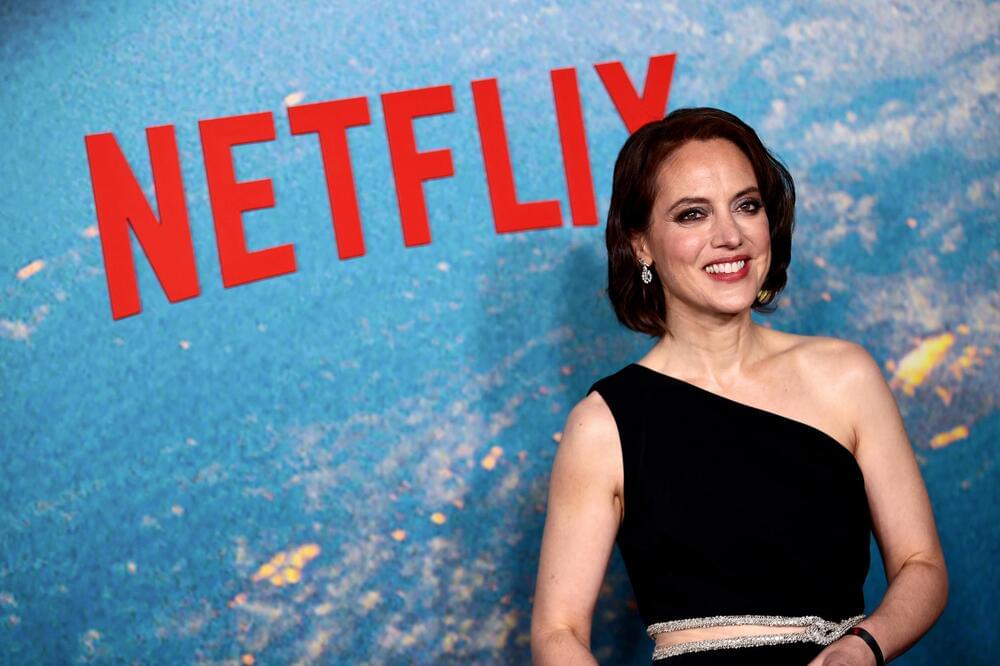Exercise for weight loss and its link to long life is explored in new research. Exercise carries many health benefits, independent of how much weight loss occurs.
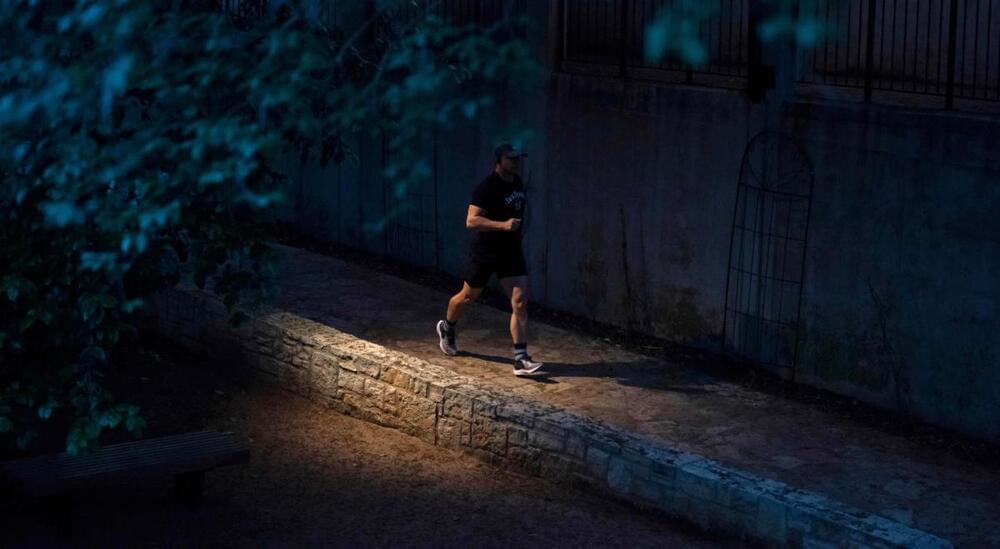

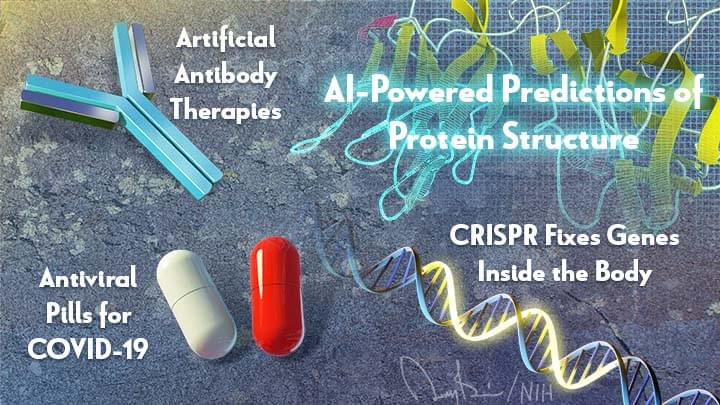
Hi everyone, I’m Larry Tabak. I’ve served as NIH’s Principal Deputy Director for over 11 years, and I will be the acting NIH director until a new permanent director is named. In my new role, my day-to-day responsibilities will certainly increase, but I promise to carve out time to blog about some of the latest research progress on COVID-19 and any other areas of science that catch my eye.
I’ve also invited the directors of NIH’s Institutes and Centers (ICs) to join me in the blogosphere and write about some of the cool science in their research portfolios. I will publish a couple of posts to start, then turn the blog over to our first IC director. From there, I envision alternating between posts from me and from various IC directors. That way, we’ll cover a broad array of NIH science and the tremendous opportunities now being pursued in biomedical research.
Since I’m up first, let’s start where the NIH Director’s Blog usually begins each year: by taking a look back at Science’s Breakthroughs of 2021. The breakthroughs were formally announced in December near the height of the holiday bustle. In case you missed the announcement, the biomedical sciences accounted for six of the journal Science’s 10 breakthroughs. Here, I’ll focus on four biomedical breakthroughs, the ones that NIH has played some role in advancing, starting with Science’s editorial and People’s Choice top-prize winner:
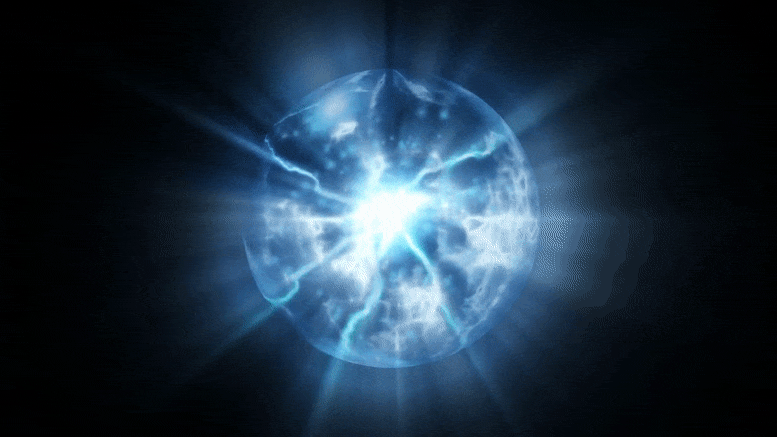
High energy density (HED) laboratory plasmas are perhaps the most extreme states of matter ever produced on Earth. Normal plasmas are one of the four basic states of matter, along with solid, gases, and liquids. But HED plasmas have properties not found in normal plasmas under ordinary conditions. For example, matter in this state may simultaneously behave as a solid and a gas. In this state, materials that normally act as insulators for electrical charges instead become conductive metals. To create and study HED plasmas, scientists compress materials in solid or liquid form or bombard them with high energy particles or photons.

A year in review.
This video is sponsored by ResearchHub — https://www.researchhub.com/?ref=eleanorsheeky.
I’ve covered a lot of longevity science research this year so have summarised some of the key highlights here!!! Many breakthroughs & research I couldn’t cover — let me know what your favourite news this year was in the comments!!
Obviously, couldn’t go into as much detail for each topic, but you can find the full length videos in my playlist here: https://youtube.com/playlist?list=PLnLFbRYd2NGEP1VxVkW8-Hy9xix-Y7wur.
Find me on Twitter — https://twitter.com/EleanorSheekey.

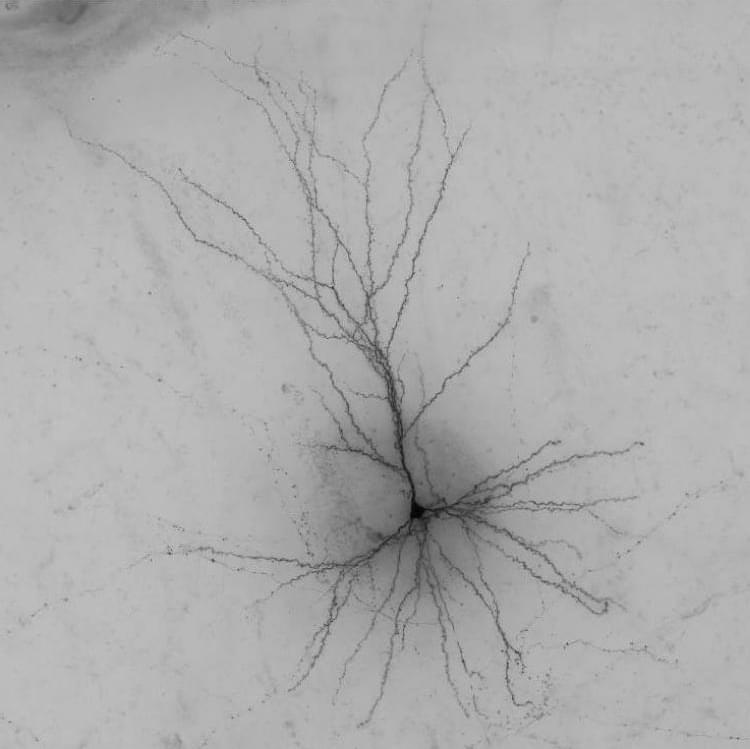
Been saying this for years!
A summary of decades of research on a rather ‘out-there’ idea involving viruses from space raises questions on just how scientific we can be when it comes to speculating on the history of life on Earth.
It’s easy to throw around words like crackpot, rogue, and maverick in describing the scientific fringe, but then papers like this one, from 2018, come along and leave us blinking owlishly, unsure of where to even begin.
A total of 33 names were listed as authors on this review, which was published by Progress in Biophysics and Molecular Biology back in August 2018. The journal is peer reviewed and fairly well cited. So it’s not exactly small, or a niche pay-for-publish source.
These are some of the fun science stories from this year that we couldn’t wait to talk about with friends.
